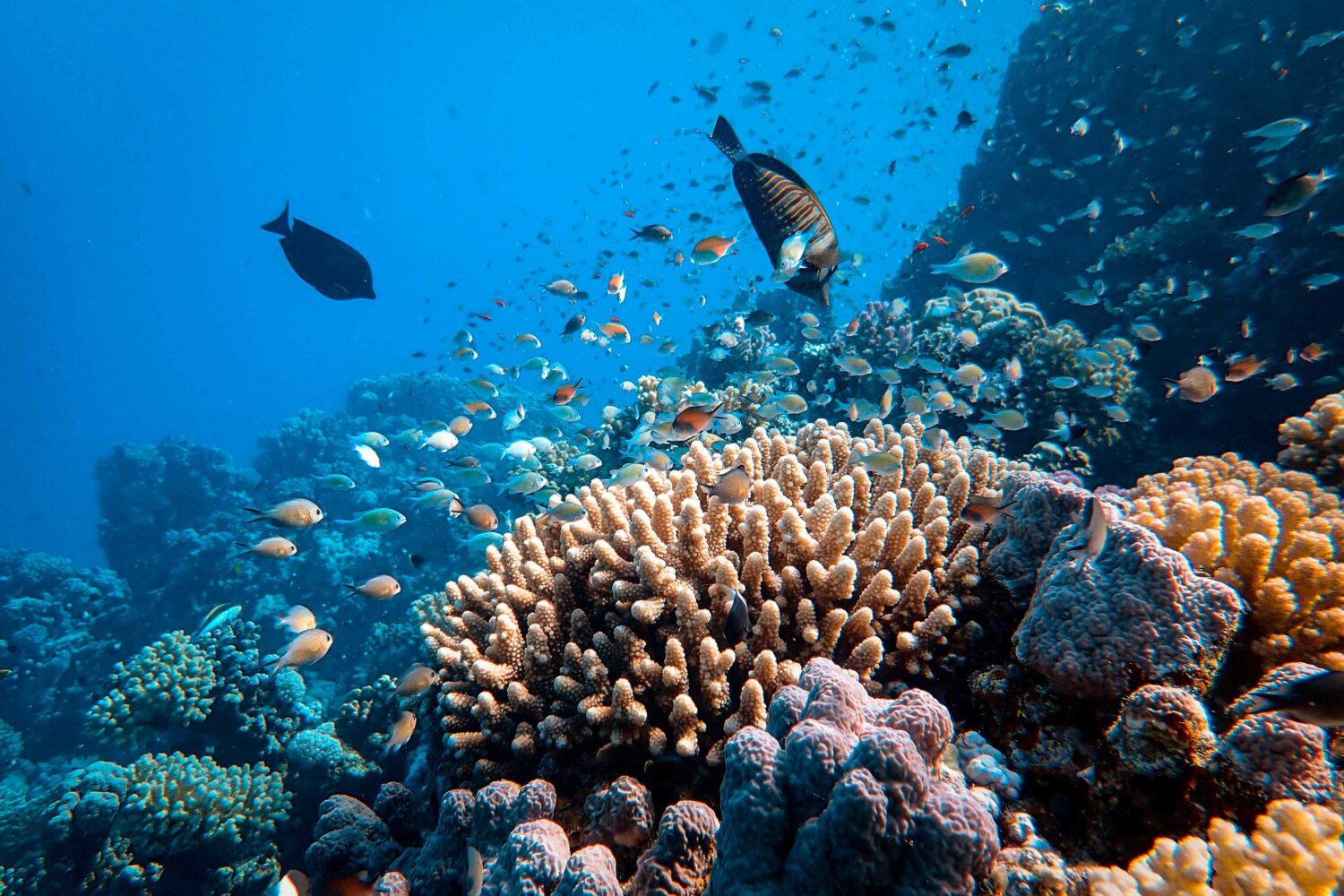
Tourism does not harm, but helps conserve the Great Barrier Reefs
As part of the COVID-19 Relief and Recovery Fund, the Australian government issued in March 2020, the Tourism Industry Activation and Reef Protection Initiative was formed. This $3.2 billion initiative intends to support business in the tourism industry as well as help to conserve and protect important reef tourism sites like the Great Barrier Reef. The lack of visitors has not only harmed the economy but also the conservation of the reefs itself, as a great portion of the funds used to maintain the corals was previously raised by tourists.
By creating the Tourism Industry Activation and Reef Protection Initiative, the government hopes to cover the costs normally funded by tourism to conserve and protect the Great Barrier Reef industry during COVID-19.
A Common Misconception
The coral gardens in the Great Barrier Reef are a natural wonder that usually attracts more than three million tourists a year. Due to the closing of international borders since the COVID-19 pandemic in March 2020, the lack of reef visitors has declined immensely. Tourism operators in the area have not only felt the economic impact but also fear the conditions of the reefs themselves.
James Unsworth, a Master Reef Guide at Ocean Rafting and Jenny Edmondson from Wavelength Reef Cruises, both run a Great Barrier Reef business. They believe that tourists play a very important role in reef conservation and that climate change remains the biggest threat to the reef. ‘Media often highlights consequent damage that tourists supposedly cause to the reef, convincing people that tourism hurts the reef. However, the reality is that tourism directly influences less than 1% of the Great Barrier Reef,’ says Unsworth.
‘Tourism has minimal impact on the reefs’
Not only do visitors donate to a fund that helps conserve the reefs but they also receive special education on how to treat the marine park. Edmondson explains: ‘Tourism –especially snorkel-only tours like ours, have a super minimal impact on the reef as we only have a few people who are specifically briefed not to stand on the reef unless they are in trouble. The boat does not anchor (and damage coral) as we have concrete block moorings on the sand which we tie onto.’
New Opportunities
Although visitors are being missed by the reef operators, the extra time in combination with the government funds does provide a chance to undertake activities to support the reef resilience. Unsworth, together with his company has made good use of the Tourism Industry Activation and Reef Protection Initiative. ‘We have completed over 300 reef surveys, conducted beach cleans, are will be heading out soon on a coral re-seeding project. The coral restoration work has been continuing and we have even developed a citizen science-based product to connect visitors with the reef in a positive and meaningful way.’
Edmonson on the other hand was also able to plant over 20.000 corals with her company but believes the activation program mainly served a role in keeping workers across the reef industry employed during the pandemic. ‘We did a total of about 60 trips– as a kind of political window dressing– ”look we are spending money on the reef” when actually it did nothing apart from generating data and most importantly letting people keep their job.’
‘Increasingly warmer oceans are becoming fatal for most corals’
Coral Bleaching
The biggest threat to the reef remains the rising temperature of the ocean’s water which is a direct consequence of climate change. The warm water largely driven by Pacific ocean currents can cause bleaching of the corals. This is when corals experience stress due to increased water temperatures, causing them to expel symbiotic algae living in their tissues, turning them completely white and vulnerable.
The Great Barrier Reef has undergone five major bleaching events in the past, yet Edmonson fears that there will be many more to come. ‘Ideal temperatures for coral growth lie between 18-30C, however, environments above 30C are increasingly fatal for most corals.’
Post Pandemic
How and when the reef businesses will economically recover after the pandemic is still unsure. The vaccination rate in Australia is increasing steadily, however, many state and international borders remain closed. Despite the lack of visitors, tour operators in the area stay hopeful and believe the conservation activities taking place now will only make the reefs more attractive in the future.
Unsworth: ‘I am confident that the operations that do make it out the other side will be prepared to cope with the demand of tourists and will have used the quiet time to develop their products to great amazing experiences for visitors around the world.’
Text: Charlotte Ariën
Image: Francesco Ungaro via Unsplash



